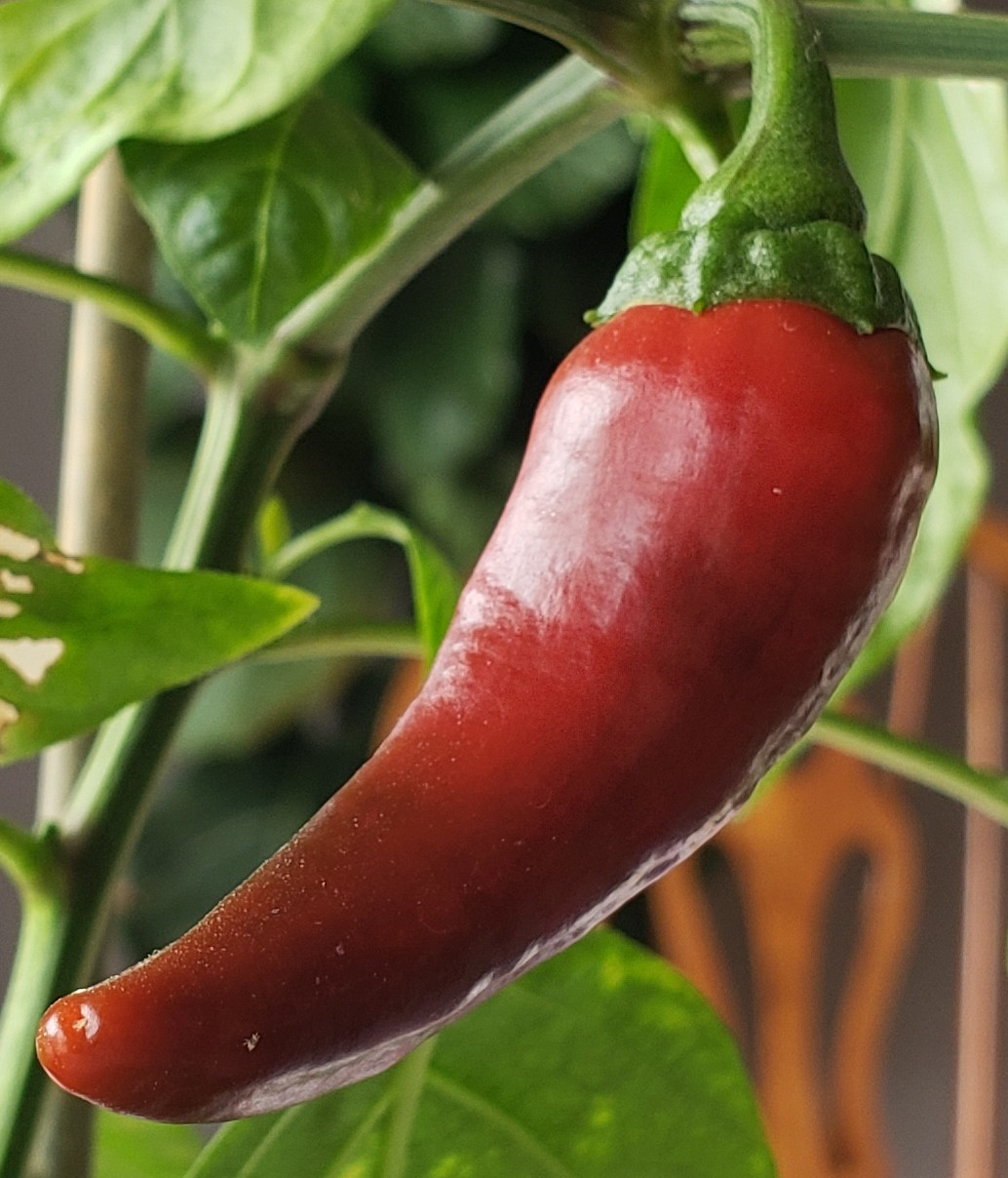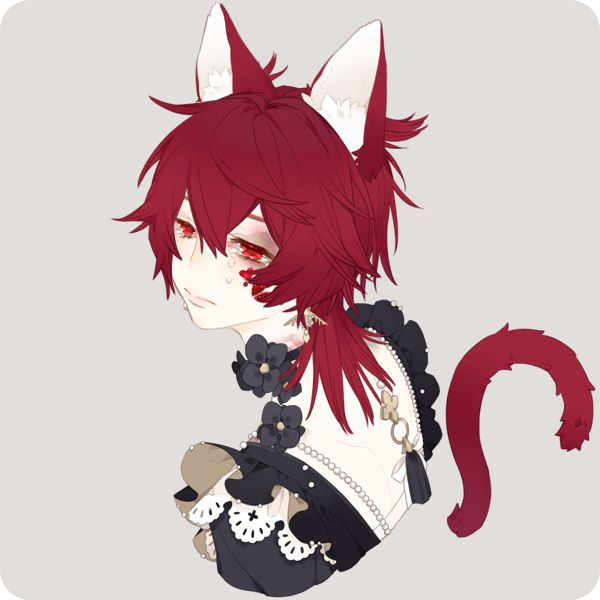It's probably Chlorophyllum rhacodes but it could be C. olivieri or C. brunneum. All three of em are closely related and considered shaggy parasols , and are equally edible.
Equally edible as in edible with the caveat that some people are gastrically sensitive to them and as such one should try a little and wait a while to ensure they agree (this is common advice with all foraged mushrooms but is especially recommended with certain species).
Chlorophyllum molybdites (often lovingly referred to as "The Vomiter") can look almost identical but can be distinguished by the color of its spore print; C. molybdites has a distinctive green print whereas the shaggy parasol species have a white print.
Molybdites isn't fatal and doesn't damage organs or anything, though it can make you very sick, hence the nickname. I've also seen antecdotes that some people can eat it without a problem though I'm not interested in finding out if I'm one of them.
So, after checking out the spore print and quadruple checking my resources to make extra sure I had a shaggy parasol, I sauteed one in olive oil aaand it was disappointingly bland, not notably different than common white mushrooms from the store. People generally seem to really like the flavor so it could be that I overcooked them or that they have more flavor when they're younger, or maybe it's the substrate where I found it.
I tried a few small pieces to make sure it agreed with me and after a few hours passed without any issues I mixed the rest into a couple very-special-this-time-only-purple-tier green onion+shaggy parasol pancakes.
Definitely a better use and I'll probably try this with future finds too. It's super fun to eat things you find but even more fun to use them in a recipe. :meow-coffee:
Dip them in batter and fry them like a schnitzel, or fried chicken. Add them to a hearty stew. If you find younger ones, where the parson is not fully open yet, you can stuff them and bake them. Parasols are yim yum
:comfy:
Wow this is the second schnitzel recommendation I've gotten, this must truly be the way! I actually found some before they caps had opened a month or so ago but then I learned about needing to spore print them to distinguish them from C. molybdites. If they were true parasols (Macrolepiota procera), then I think the shaggy/mottled pattern on the stem would be enough for an accurate ID even when young.
how do i deal with being afraid of mushrooms (they are alien beings)
Haha they're extremely weird I agree but the more you learn about 'em the more you'll like them! I think something that helps is to know that it's safe to touch and pick up any mushroom you find. Even the deadliest ones don't produce a toxin that can be absorbed through your skin, with the literal only exception being poison fire coral which has only been found in a handful of countries, most of them in Asia.
There are also plenty of edible species that are much easier to safely identify than a lot of people realize, like morels or chicken of the woods for example. Another thing I think is really neat is that a lot of mushrooms form symbiotic relationships with trees that are so wildly complex they can't (at least not yet) be replicated, and it's very addictive to find something in the forest that's free and more delicious than anything you could buy in a store, ya know like it's refreshing that there are still some things that can't be totally commodified.
thanks mr shroom. it is hard to overcome the feeling that touch the mushroom will turn you into one but i'll try
oh no ahh it's happening 💨 :shroomjak:
shit this isn't so bad i feel like tree electricity now
Chlorophyllum molybdites (often lovingly referred to as “The Vomiter”) can look almost identical but can be distinguished by the color of its spore print; C. molybdites has a distinctive green print whereas the shaggy parasol species have a white print.
so did you do a spore print before you ate it or what
Ah yes for sure! I coulda made that more obvious my b, it was definitively white.
I'll also add that I used a range of internet ID resources, a book, reviewed shroomery.org and r/mycology posts, and posted pics to two separate local mycology groups.
Somewhere in there it definitely becomes overkill but I guess that's a good place to be when you're snacking down on wild edibles.
I probably should have inferred but since I don't really know how hard it is to spore print or how long it takes...
No problemo, thanks for pointing that out! I edited the post so it's clearer that all due diligence was done.
Getting a spore print is really easy, you snip off the stem near where it attaches so you can lay the cap flat on a piece of paper and then you cover it with a glass or a bowl and wait a while. That's it!
Once a mushroom's cap opens it's dropping spores basically all the time. Depending on its maturity it can be slow enough that you need to leave it overnight to accumulate a decent print or in some cases it only takes a couple hours. A common tip is to put a drop or two of water on the cap before you cover it, the idea being that the water evaporates and the high humidity under the glass/bowl encourages faster release of spores.
The print I took in this case only took 3-4 hours.
I could have left it for longer and gotten a thicker/starker print, but enough spores had accumulated at this point to clearly see the color which was all I needed.



